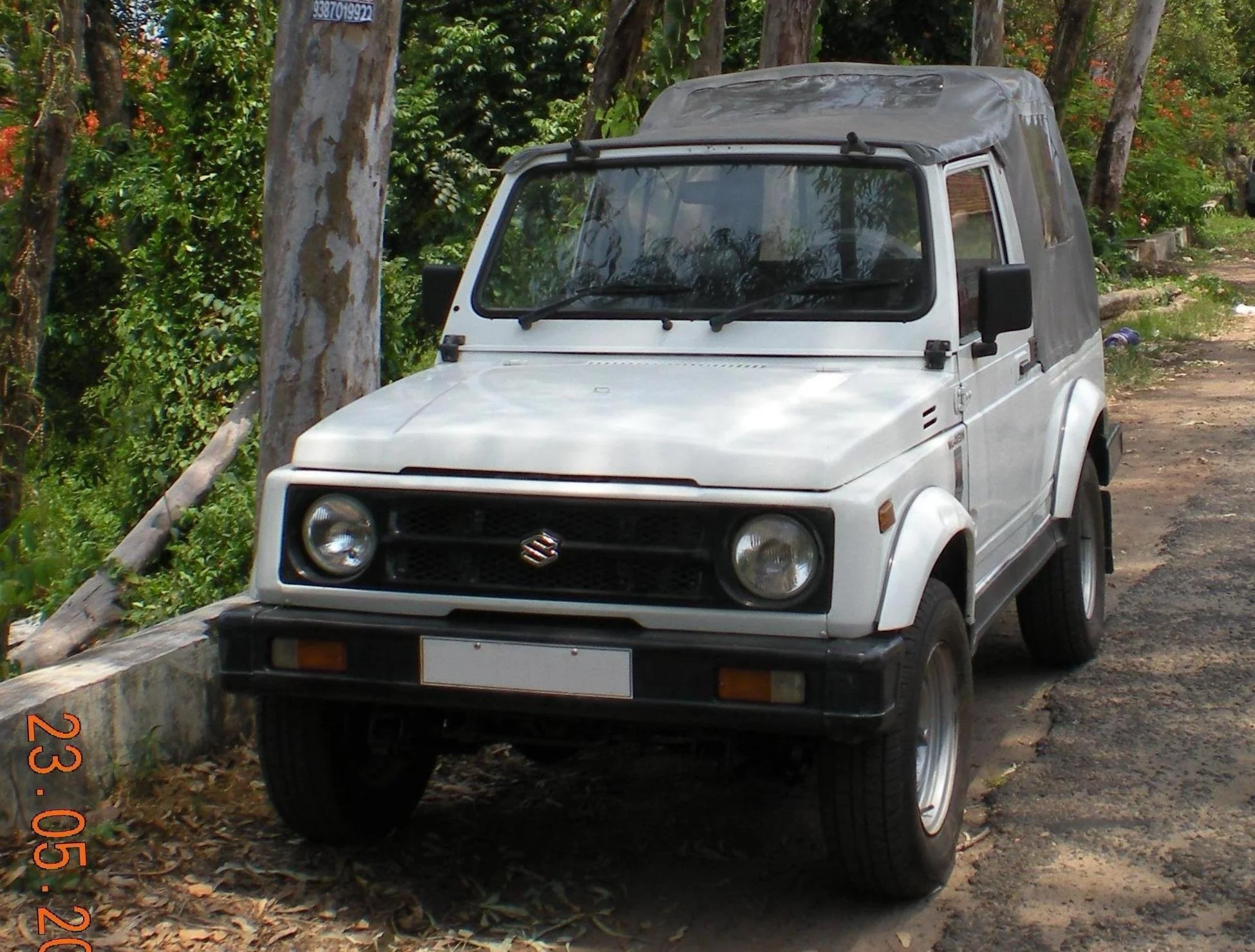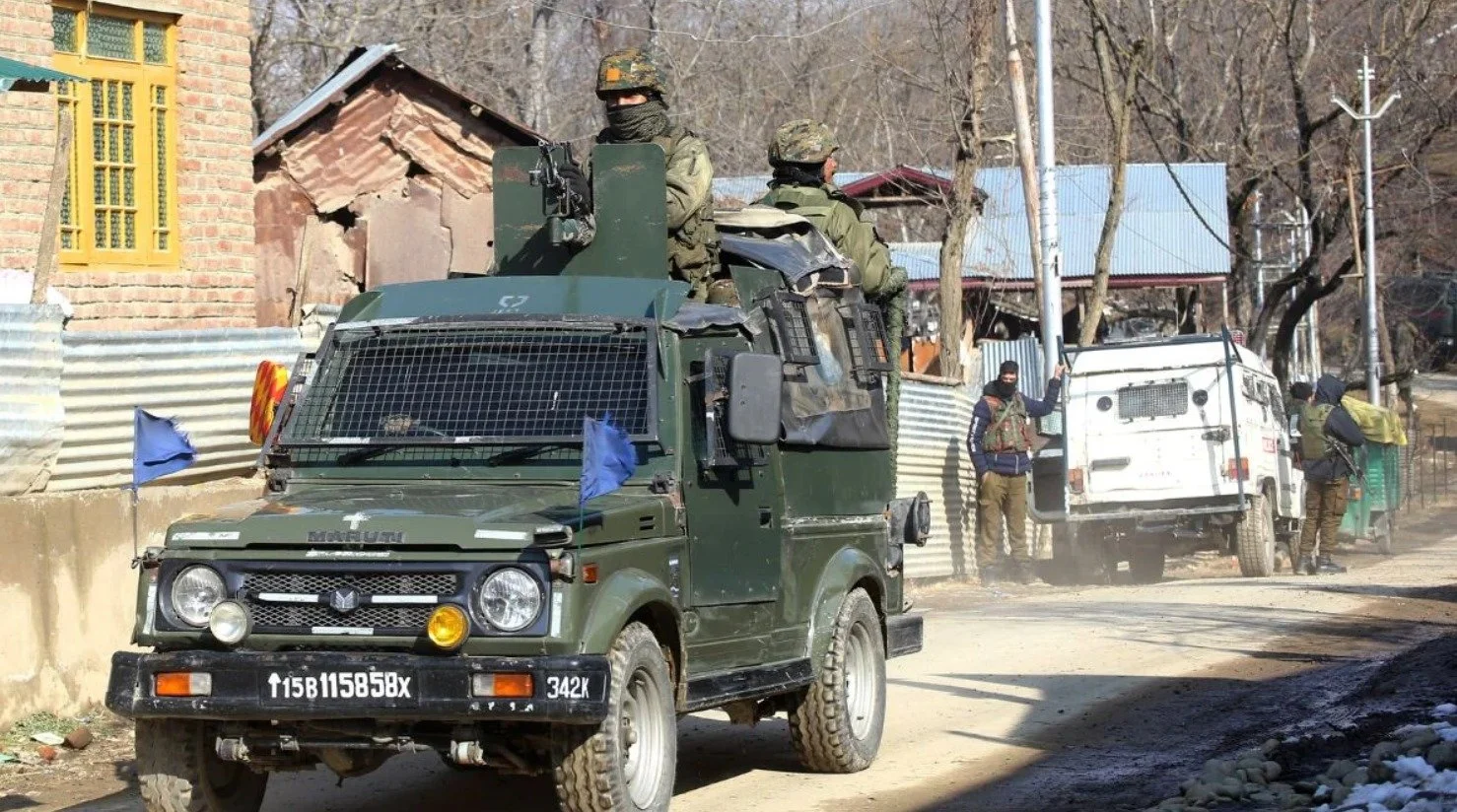The Maruti Gypsy
Edition 1 - Icons of the Indian Domestic Market
The Maruti Gypsy is inarguably one of India’s automotive icons. The boxy lines and restrained, utilitarian appearance of the Gypsy makes it instantly recognizable on the street. It’s also an extremely popular car in the enthusiast community with countless modified Gypsies attacking the trails (and tracks) of cities all over India. So what exactly is it that makes this little 4x4 so special?
Maruti Gypsy
(Image via Varkey Jose)
Let’s start with a bit of history, the Gypsy was originally introduced to the Indian market way back in 1985. It was launched with a 970 cc Suzuki F10A engine putting out a whopping 45 bhp to all four wheels via a 4-speed manual transmission and a 2-speed transfer case. Sales were never phenomenally high for this, the first iteration of the gypsy (codenamed MG410), however it was quite popular with the law enforcement. When it sprouted onto the scene in the mid to late 80s, the Gypsy dethroned the Premier Padmini as the go-to Indian rally car. The MG410 also had a rather innovative feature at the time which allowed the driver to disconnect the front axles from the wheel hubs. This reduced rolling resistance by making the car rear-wheel drive and as a result helped with fuel efficiency. It was called ‘freewheeling’ but I prefer the term “Drift Mode”.
The MG410 Gypsy
(via IMCDb)
Jokes aside however, you probably shouldn’t be sending a Gypsy too hard into a corner as Suzuki SUVs of this type were in fact, quite susceptible to rolling over. In fact, Suzuki had such a problem with allegations of their cars rolling over that they had to update the Gypsy in 1993 and increase its track width both front and rear. This updated version of the Gypsy became known as the widetrack Gypsy or the MG410W. The widetrack gypsies are instantly recognizable thanks to their pronounced fender flares. Sadly the widetrack gypsy saw the loss of “Drift Mode” as MG410 owners were barely even aware of this feature and seldom used it. These were the same Gypsy owners then went on to complain about the MG410’s fuel consumption… In 1996, Maruti offered the Gypsy with the all aluminum 1.3L 8-valve petrol engine from the Maruti Esteem (engine code G13BA). It was a carbureted engine mated to a new 5-speed gearbox. This big block version of the car was called the Gypsy King and codenamed the MG413W. In the year 2000, the 1.0L version of the Gypsy was discontinued and a new, updated MG413W was put into production. This new King got the 16-valve MPFI G13BB engine, and bumped power from 60bhp to 80bhp.
Behold… the Gypsy King!
(via TeamBHP)
The Gypsy King was offered to civilians in this guise until December 2018 and the last civilian Gypsies were delivered in March 2019. The Gypsy was still in production for the military however, and has been serving the nation in the harsh mountains of Kashmir and the Northeast where the standard issue Tata Safari Storme would not fit on narrow mountain paths. The soft top option of the Gypsy also allows the military to mount rifles and recoilless guns and use these as vehicles for Quick Reaction Teams.
The Gypsy in service up in Kashmir
(via Reddit)
This article is just a brief outline of all the OEM variations and applications of the Maruti Gypsy. The list of modifications that people have done to these cars are seemingly endless with Gypsy rally cars, rock crawlers and even turbocharged drag cars! The applications for this car are endless, and this unending adaptability is what has kept this car from the 80s alive in this modern world that is pushing more and more towards electrification.





